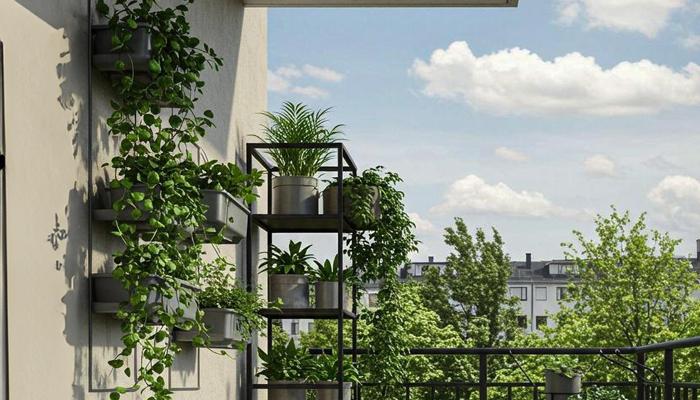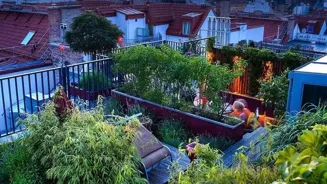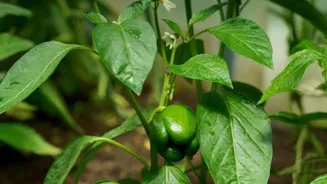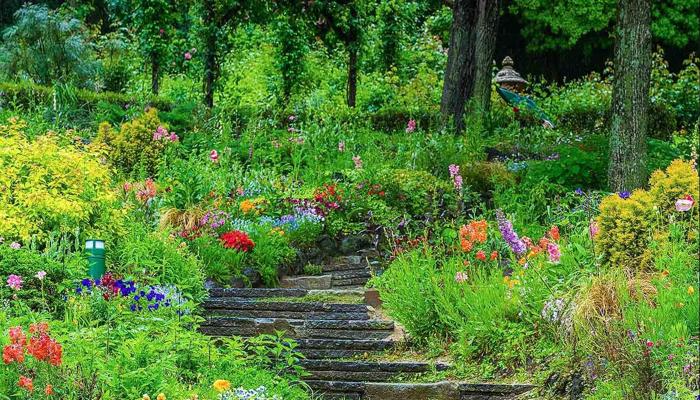Discover top gardening blunders even seasoned experts make & how to fix them! Dive in for a lush garden guide
Namaste, gardening enthusiasts! Whether you're a seasoned mali with hands perpetually covered
in dirt or a newbie just starting your green journey, we all stumble. Gardening, while therapeutic, can sometimes feel like navigating a minefield of potential plant-related disasters.
Worry not, for we've compiled a list of the ten most common gardening mistakes that even the most experienced gardeners sometimes commit.
But don't just fret about your floral failures; we're also dishing out easy-peasy solutions to avoid these blunders and watch your garden flourish like never before. So grab your chai, put on your gardening gloves, and let's get started!
Overwatering harms plants, causing root rot and diseases
Water, the elixir of life, right? True, but too much of a good thing can be disastrous, especially for plants. Overwatering is arguably the most common gardening mistake, leading to root rot, fungal diseases, and ultimately, a sad, droopy plant.
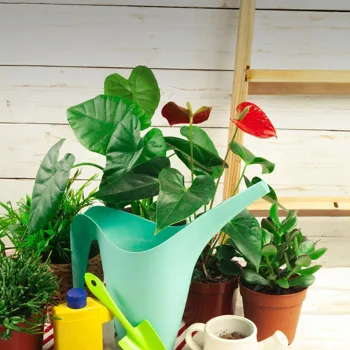
Many gardeners, especially beginners, tend to shower their plants with water out of sheer enthusiasm, not realizing that the soil might already be sufficiently moist.
Signs of overwatering include yellowing leaves (especially lower ones), wilting even when the soil is wet, and the dreaded presence of fungus gnats.
The Solution
Before you reach for the watering can, stick your finger about an inch or two into the soil. If it feels moist, hold off on watering. Allow the soil to dry out slightly between waterings. Also, ensure your pots have proper drainage holes to prevent water from pooling at the bottom.
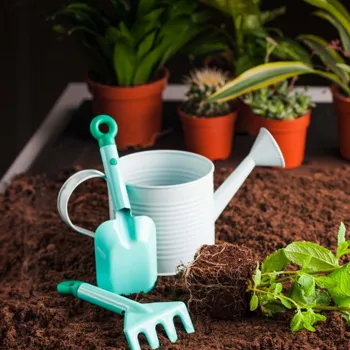
Consider using terracotta pots, which are more porous and allow for better air circulation. Understanding the specific watering needs of your plants is also crucial. Succulents, for instance, prefer drier conditions than ferns. A little research goes a long way!
You can observe your plants and see if their leaves are dry or if the stem is firm. This is one of the best ways to water your plants.
Underwatering harms plants causing wilting, stunted growth, and yellowing leaves
On the flip side, underwatering is another common pitfall. In the hustle and bustle of daily life, it's easy to forget about our leafy friends, leaving them parched and pleading for a drink. Underwatering leads to wilting, dry and crispy leaves, and stunted growth.
Plants that are consistently underwatered become stressed and more susceptible to pests and diseases. It leads the plants to eventually start dying. The leaves may even turn yellow and start shedding.
The Solution
Develop a watering schedule that suits your plants' needs and the prevailing weather conditions. Check the soil moisture regularly, especially during hot and dry weather. Use a watering can or hose to thoroughly saturate the soil when you do water, ensuring that the water reaches the roots.
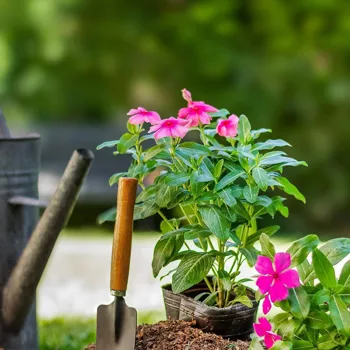
Mulching around your plants can also help retain moisture in the soil and reduce evaporation. For plants in hanging baskets or containers, which tend to dry out faster, consider using self-watering planters or adding water-retaining crystals to the soil.
And remember, different plants have different water requirements, so pay attention to their specific needs and also to the weather conditions.
Neglecting soil health affects plant growth and invites issues
Think of soil as the foundation of your garden. Neglecting its health is like building a house on shaky ground – it's bound to crumble.
Poor soil quality, lacking essential nutrients and organic matter, can lead to stunted growth, nutrient deficiencies, and increased susceptibility to pests and diseases. Many gardeners simply use whatever soil is readily available without considering its suitability for their plants.
Soil which is too dry can cause stunting of growth. This is a common problem and can be avoided.
The Solution
Invest in good quality potting mix for container gardening. For in-ground gardens, amend the soil with compost, well-rotted manure, or other organic matter to improve its fertility, drainage, and water-holding capacity.
Conduct a soil test to determine its pH level and nutrient content, and amend accordingly. Different plants have different soil pH preferences. For example, azaleas and blueberries prefer acidic soil, while many vegetables thrive in slightly alkaline soil.
Regular soil amendments will keep your plants happy and healthy. Add manure to your soil to make it more healthy.
Plants need sunlight for healthy growth and flowering
Plants need sunlight to photosynthesize and produce energy. Placing plants in locations that don't provide adequate sunlight is a common mistake that can lead to elongated, spindly growth, pale leaves, and reduced flowering.
Many gardeners underestimate the importance of sunlight, assuming that all plants need the same amount. While some plants can tolerate shade, most flowering plants and vegetables require at least six hours of direct sunlight per day. Shaded leaves affect yield and affect the plant.
The Solution
Research the sunlight requirements of your plants before placing them in your garden. Observe the amount of sunlight different areas of your garden receive throughout the day. If you don't have enough direct sunlight, consider using grow lights to supplement natural light.
Relocate plants that are not getting enough sunlight to a sunnier spot. Pruning nearby trees or shrubs can also help increase sunlight exposure. Use grow lights in areas where there is not enough sunlight to help the plants. Plants need a good amount of healthy nutrients to survive.
Over-fertilizing harms plants, disrupts nutrients, leads to pests
Just like overwatering, over-fertilizing can also harm your plants. Excessive fertilizer can burn the roots, leading to leaf damage and reduced growth. It can also disrupt the balance of nutrients in the soil, making plants more susceptible to pests and diseases.
Many gardeners believe that more fertilizer equals faster growth, but this is often not the case. Excessive fertilizer can cause burning of leaves and hence affects the plant.
The Solution
Follow the instructions on the fertilizer label carefully, and don't exceed the recommended dosage. Use a balanced fertilizer or one that is specifically formulated for the type of plants you are growing. Water your plants thoroughly after fertilizing to help prevent root burn.
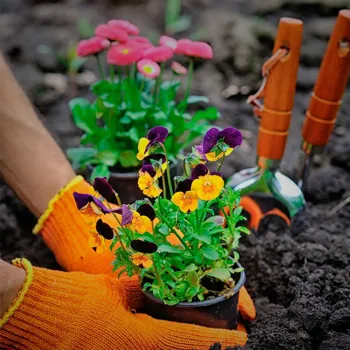
Avoid fertilizing during dormancy or when plants are stressed due to heat or drought. Consider using slow-release fertilizers, which release nutrients gradually over time, reducing the risk of over-fertilization. Slow release fertilizers help the plant slowly absorb nutrients.
Planting vegetables out of season leads to poor growth and disappointment
Trying to grow summer vegetables in winter or vice versa is a recipe for disappointment. Each plant has its preferred growing season, and planting outside of that season can result in poor growth, lack of fruiting, or even plant death.
Many gardeners are eager to get started, but planting too early or too late can be detrimental. Proper timing helps to harvest in time depending on when you will plant.
The Solution
Consult a planting calendar or local gardening guide to determine the optimal planting times for different plants in your region. Start seeds indoors several weeks before the last expected frost to get a head start on the growing season.
Harden off seedlings gradually before transplanting them outdoors to acclimate them to the outdoor conditions. Protect plants from frost or extreme heat with row covers or shade cloth. Proper timing is the best way to ensure your plants survive.
Avoid common gardening mistakes for a thriving garden
By avoiding these common gardening mistakes, you'll be well on your way to creating a thriving and beautiful garden that you can be proud of. Happy Gardening, and keep the green vibes flowing!
AI Generated Content. Glance/InMobi shall have no liability for the content
